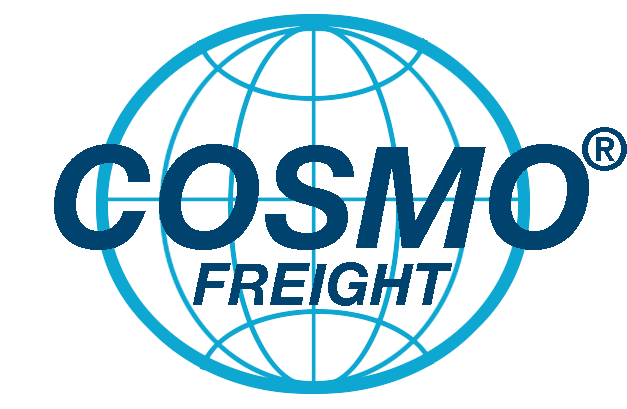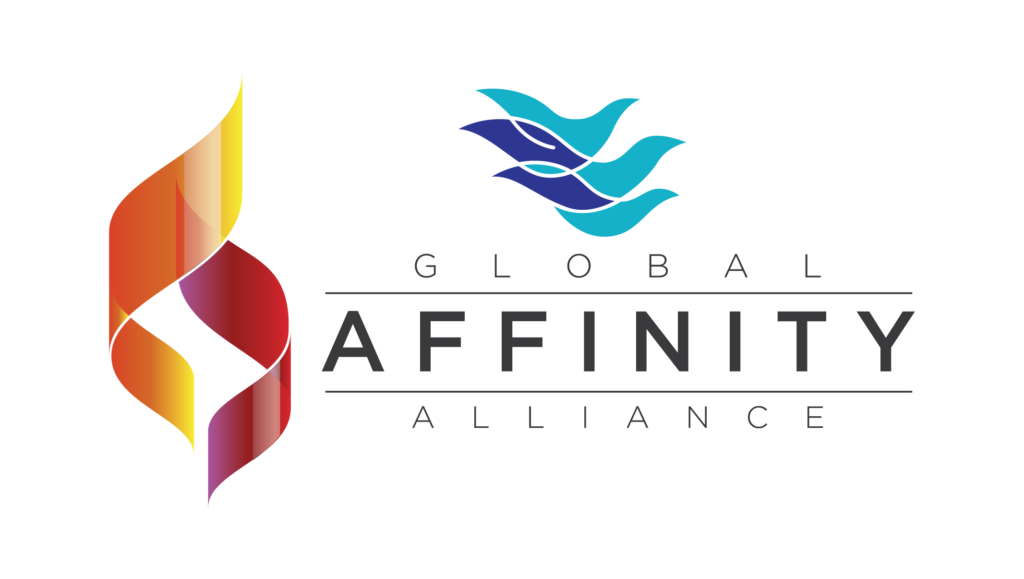Trade Tensions Escalate: Implications for European Importers and Freight Rates – Air and Ocean Focus
The recent escalation in global trade tensions — particularly the U.S. imposing a 20% tariff on all European goods and a 125% tariff on Chinese imports — is reshaping the freight landscape. European importers, exporters, and logistics players are being forced to adapt quickly. The ripple effects are being felt across both air and ocean freight, affecting costs, capacities, and trade routes.
Impact on European Importers
European exporters, especially in France, are feeling the pressure. U.S. tariffs have hit key industries such as luxury goods and spirits, forcing companies to reconsider their shipping strategies and target markets. At the same time, China’s retaliatory tariffs are shifting global trade flows, pushing more Chinese goods toward the European market — adding competition for local producers and creating new dynamics in freight demand.
Air Freight Rate Dynamics
-
France to USA: Export volume from France is softening due to tariffs, leading to slightly reduced demand. However, limited air capacity might still push spot rates up in peak periods.
-
USA to France: Weaker import demand due to EU retaliatory tariffs is causing softening in rates, though high fuel prices and security surcharges remain a factor.
-
France to Asia: With French exporters diversifying away from the U.S., demand for Asia-bound capacity is increasing, putting upward pressure on rates, especially for high-value goods.
-
Asia to France: Asian exporters, especially from China, are re-routing goods away from the U.S. to Europe. This spike in volume is increasing air freight demand to France, tightening capacity and pushing up rates.
Ocean Freight Impacts
-
Asia to France / Europe: Ocean lanes are now absorbing higher volumes due to re-routed Chinese exports. Some carriers are reinstating blank sailings to manage the imbalance, which could drive rates higher in the short term.
-
France/Europe to USA: Ocean freight is also affected by lower export volumes, but rate volatility remains due to capacity management by shipping lines and shifting alliances.
-
USA to France: While lower demand may ease some pressure, fuel cost fluctuations and new carbon regulations (EU ETS) may drive new surcharges in mid-term contracts.
-
France to Asia: A potential growth route as European companies look to tap into alternative markets. Rate stabilization is likely unless major disruptions continue.
Overall, ocean freight remains more cost-efficient than air but is facing growing operational complexity due to port congestion, equipment imbalances, and geopolitical tensions.
Strategic Considerations for Stakeholders
-
Market Diversification: Explore new export markets beyond the U.S. to mitigate tariff impacts.
-
Flexible Logistics Planning: Consider modal shifts (e.g., sea-air combinations) to optimize for cost and speed.
-
Early Booking & Forecasting: With increased volatility, proactive planning ensures better rates and space.
-
Monitoring Trade Developments: Constant vigilance is necessary to anticipate changes in tariffs, duties, and regulations.
Conclusion
The global trade environment is evolving rapidly, with direct consequences for freight rates and logistics planning — across both air and ocean segments. Tariffs, shifting alliances, and currency fluctuations are reshaping the rules of the game.
Cosmo Freight’s experience is here to support our clients in navigating this challenging landscape.
From air cargo optimization to sea freight planning, we provide the insights, flexibility, and operational excellence needed to stay competitive and agile in turbulent times. Our global reach and local expertise ensure your supply chain remains resilient and responsive.



